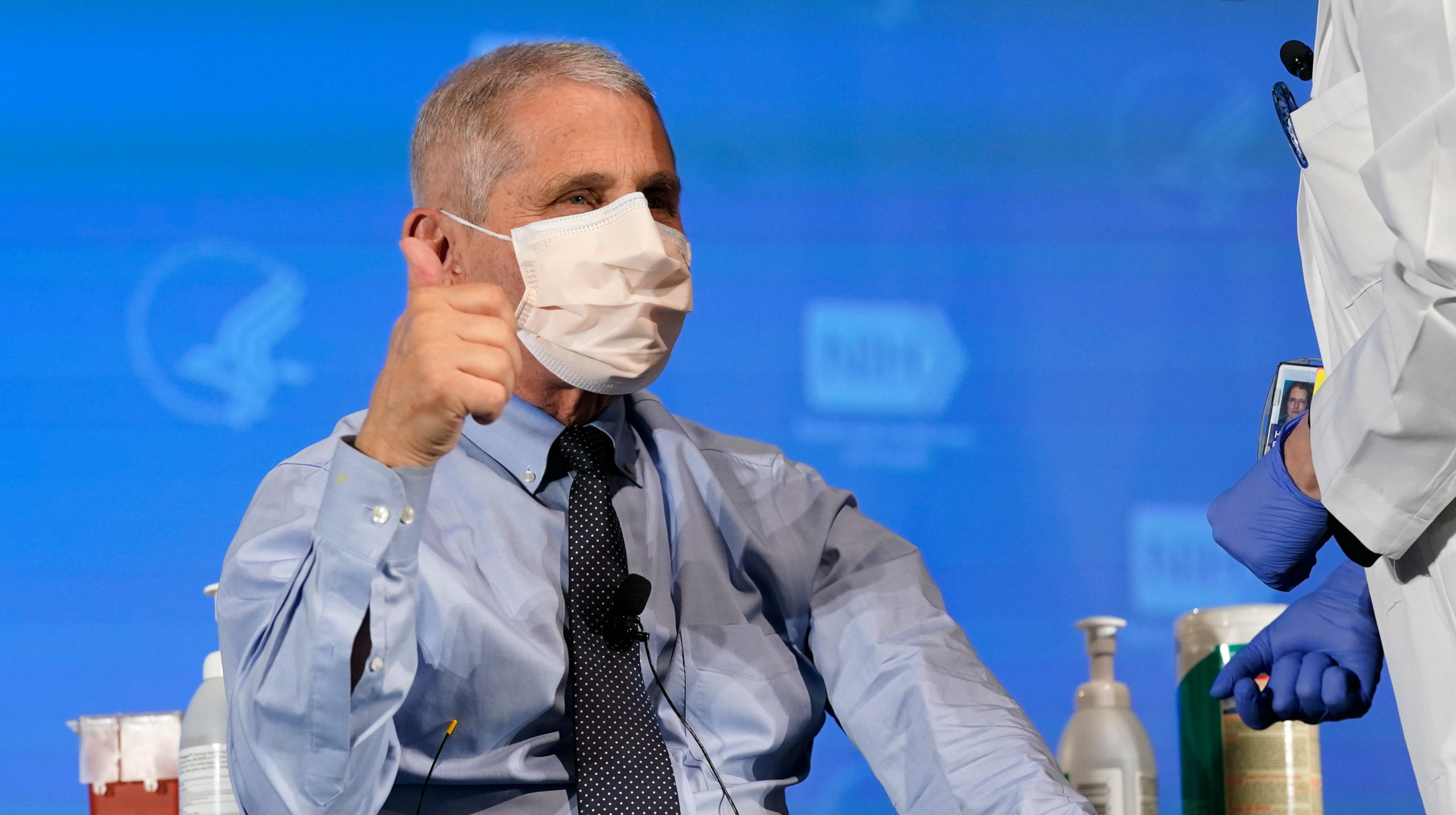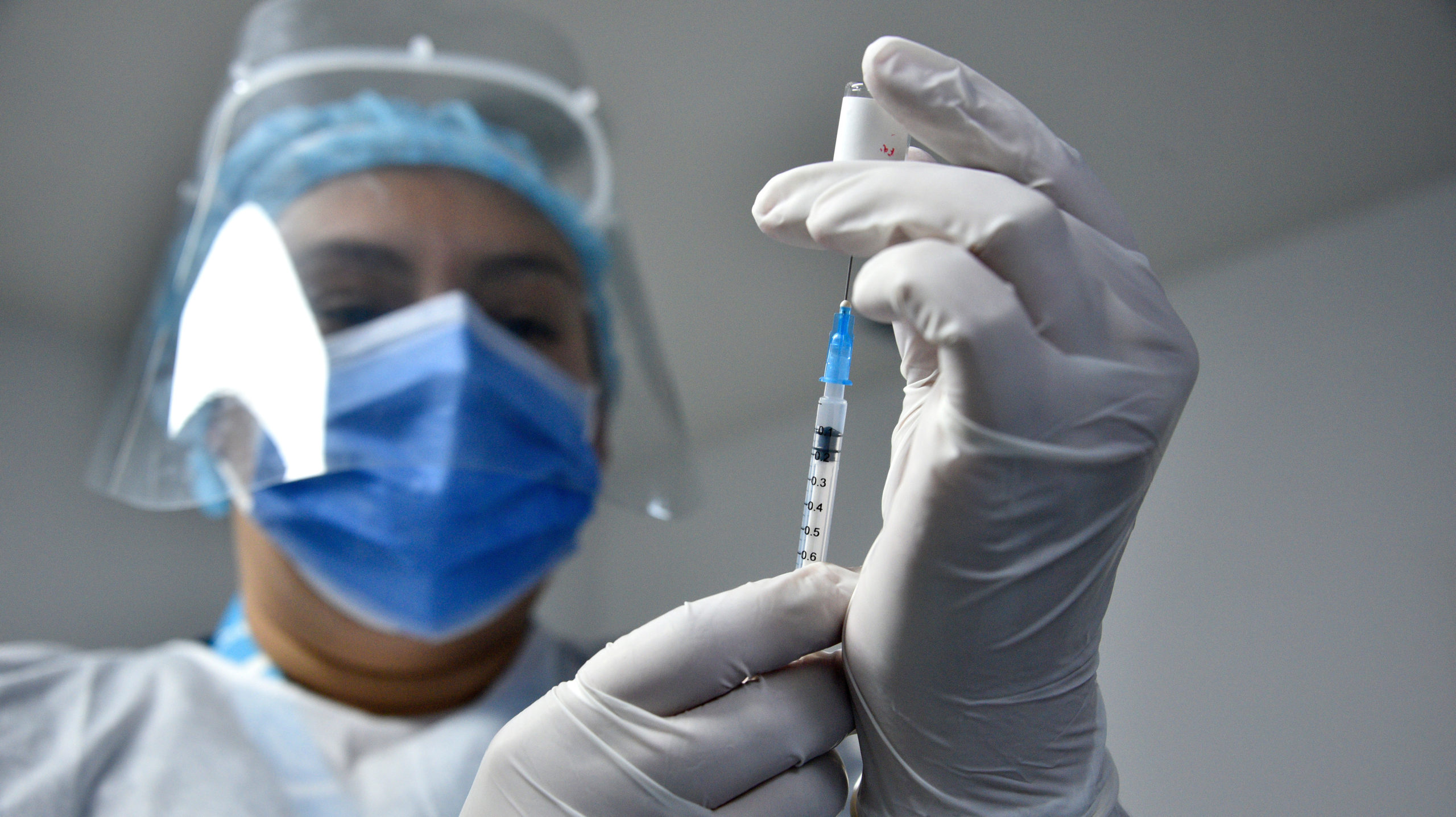-
chevron_right
Why Vaccine Selfies Are Actually Good
pubsub.dcentralisedmedia.com / LifehackerAustralia · Thursday, 18 February, 2021 - 19:30 · 3 minutes
I never realised how many of my friends and acquaintances are healthcare workers until my social media feeds started lighting up with vaccine selfies. People flash their reminder cards or brandish their bandages, and that’s a good thing: Each vaccine selfie is a little public health message, and you’re doing your part to make vaccination a normal part of life.
With the COVID vaccines being so new, a lot of people are waiting and watching as those around them get vaccines. If you’ve heard misinformation about the vaccines being harmful, that gets harder to believe as you see people in your life safely get them. And when you know who among your friends has decided to get the vaccine, you also know who you can talk to if you have concerns or want to know what it’s like.
We did ~200 Somerville seniors today! And I got my second dose of @moderna_tx . So glad to get a local vaccines [giggle]. You know, fewer vaccine miles. Nurses enjoyed photos with #FlatFauci too. #ThisIsOurShot #igottheshot #VaccinesSaveLives pic.twitter.com/zwHQWZqamm
— Dr. mem_somerville | Wossamotta U (@mem_somerville) February 10, 2021
That’s why something as simple as a vaccine selfie can help beat the pandemic. By posting on social media about your vaccination, you can help others make an informed choice. As more people get vaccinated, the virus becomes less able to spread, and we all get closer to a return to something like normal.
So here’s how to take the best vaccine selfie:
Plan your shot
You’ll send a great message whether you take your selfie before, during, or after your shot, but think about the specifics as you’re planning your appointment. Make sure to wear appropriate clothing if you want to show off your bandage or the shot itself.
While you can take a selfie anywhere, be sure to take a look around the vaccination site — some even have selfie stations set up for this purpose.
Respect others
The person giving your shot may not want to be in the photo, so don’t count on being able to take a video mid-vaccine. Sure, plenty of celebrities and politicians have had a camera crew follow them into the clinic, but that doesn’t mean providers want to be photographed or videoed while they’re at work — so either save your selfie time for afterward, or ask whether the provider is ok with you taking a pic while they’re in it.
And definitely make sure you don’t get other people in your shot who didn’t agree to be there. That’s basic manners, but sometimes we forget that others may be accidentally photobombing us. Consider who’s in the frame before you take your photo.
Done with round 2 #igottheshot @SaratogaChamber @BSCSD pic.twitter.com/qTm9gslUir
— Adrienne Snow (@MrsAdrienneSnow) February 13, 2021
Cover any personal info
Posing with a vaccine reminder card is a great alternative to showing the needle or the Band-Aid on your arm, but don’t forget that your reminder card usually has your full name and birthdate on it. Block out that info if you want to share such a pic.
Write a caption
Once you’ve taken your vaccine selfie, share it with pride! Add a caption explaining what you’re doing and giving any information you like about how you feel about it or how you made your decision. If you’re tempted to add a joke about how you got microchipped today, please make extremely clear that it’s a joke. Posts that are misunderstood can be screenshotted and passed around as misinformation, so do your best not to fuel that fire.
You can use these tips for flu shots or your baby’s vaccines, as well. Often, people don’t hear much about vaccines except in the context of misinformation or complaints, but the truth is that most parents vaccinate their kids, and around 40% of adults get a flu shot in a typical year. It means a lot just to see that trusted people in your life are getting their shots.
The post Why Vaccine Selfies Are Actually Good appeared first on Lifehacker Australia .

